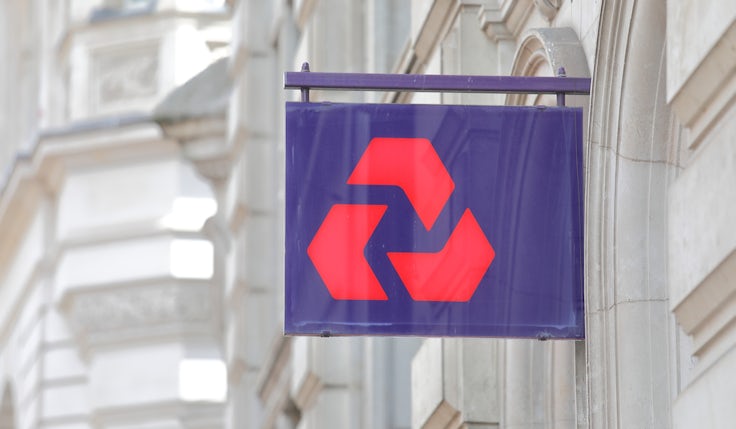‘Bright, light and easy to watch’: HSBC’s Facebook ad outperforms for effectiveness
The first-person ad from HSBC ranked in the top 25% of ads for effectiveness, according to the latest edition of The Works study.
 Financial information is notoriously thorny and difficult to parse. It seems surprising, then, that a short-form video ad on Facebook sharing financial advice would be among the top 25% of ads when it comes to effectiveness as judged by the public. And yet HSBC has achieved just that, according to the latest edition of The Works study from Kantar.
Financial information is notoriously thorny and difficult to parse. It seems surprising, then, that a short-form video ad on Facebook sharing financial advice would be among the top 25% of ads when it comes to effectiveness as judged by the public. And yet HSBC has achieved just that, according to the latest edition of The Works study from Kantar.
The ad for HSBC Global Money shows a woman using her HSBC card to purchase numerous items abroad using contactless technology. She is shown on a beach and in various sunny locales, highlighting the aspirational nature of travel. The action is overlaid with high-contrast subtitles of the information contained within the voiceover.
The high street bank’s 20-second vertical video ad uses a first-person perspective to bring the viewer into the experience of paying for items abroad. In doing so it gets across the ease of international payments with HSBC in a way that speaks directly to viewers’ lived experiences, while also providing relevant information.
In a skippable environment, hooking people in and landing the brand and key message early are essential underpinnings of effectiveness.
Lynne Deason, head of creative excellence UK, Kantar
Produced in association with Marketing Week and the Advertising Association’s Trust Working Group, The Works study asked 750 consumers what they thought of five of September’s top Facebook ads – 150 consumers per advert.
One respondent to the Kantar survey that underpins The Works said: “I liked the locations where the ad was recorded. I also liked the way the card was used, as if from my point of view.”
That would not have been the case if the ad were not tailor-made for the Facebook platform. Only 6% of the audience played this ad with sound on, showing how vital captions are for getting information across visually: the text on screen conveys the information in a way that respondents to the Kantar survey said was “very visual” despite containing “a lot of information”.
One respondent described it as “informative”. They liked how it explained there are no transaction fees when using the card abroad and said it “held [their] attention too”.
Brevity and clarity
Lynne Deason, Kantar’s head of creative excellence UK, explains that despite the average watch time of the ad being only four seconds “by this point, the ad has hooked people in with the concept of ‘love to travel’, with the debit card that you get with the HSBC global money account shown front and centre, and the no fees message has been landed.
“In a skippable environment, hooking people in and landing the brand and key message early are essential underpinnings of effectiveness.”
According to Deason the ad succeeds in conveying new information from HSBC (top 25%) that people find to be very personally relevant (top 25%) and does so in a way that people find interesting and enjoyable. Crucially for HSBC, the ad is also seen as highly motivating – in the top 15% of UK ads – in a way that speaks to existing and potential customers.
She says the “branding is in approximately the top third of all ads within our UK database, key in ensuring that people know which bank is offering the benefits and supporting awareness of HSBC overall”.
On Facebook and other social platforms, where advertisers cannot typically control the context in which the ad will appear, that level of effectiveness proves the value of creating content that is native to the platform.








Comments